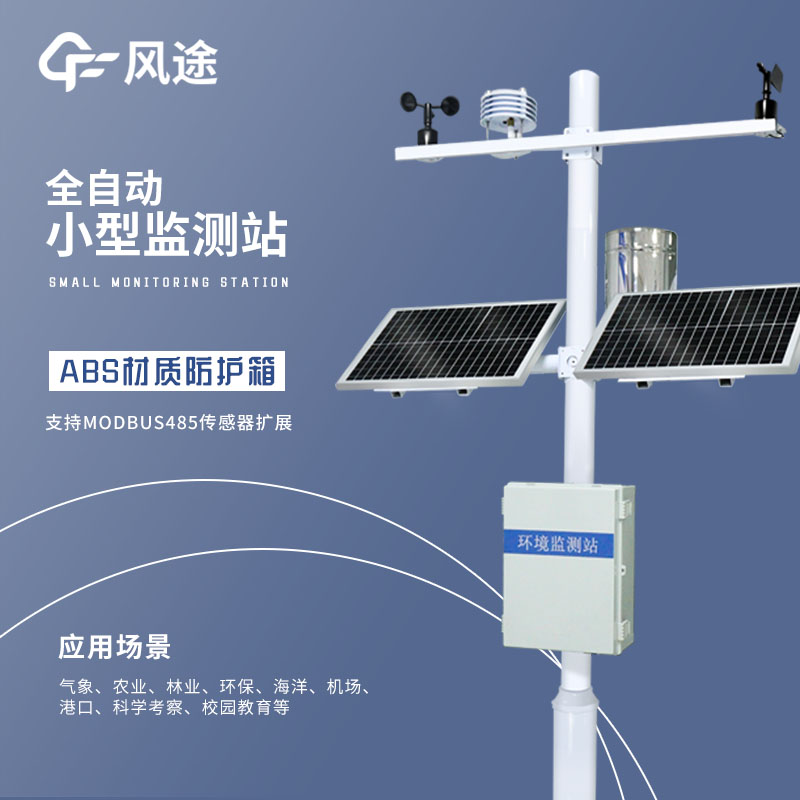With the continuous deepening of the work of observation automation, the business of Small automatic weather stations has undergone several reforms and adjustments, achieving an all - round transformation.
New - type Small automatic weather stations are constantly being upgraded. Conventional meteorological element observation equipment that originally relied on manual data reading has gradually been replaced by high - precision automated sensors. For example, new - type temperature sensors use more advanced thermosensitive materials and manufacturing processes, and their accuracy has been significantly improved compared to the past. They can accurately sense the slightest changes in air temperature. Humidity sensors use new capacitive sensing technology, which can quickly and accurately measure the water vapor content in the air. At the same time, visibility meters and solid precipitation sensors have been successfully added. The visibility meter accurately calculates visibility by emitting and receiving light of a specific wavelength, based on the degree of light scattering and attenuation. The solid precipitation sensor uses a special sensing device that can effectively distinguish and measure solid precipitation such as snow and graupel, enabling the automated observation of meteorological elements that were originally difficult to monitor automatically.
The data collection and processing mode has also undergone a huge transformation. In the past, most conventional meteorological elements relied on manual observation, which was not only inefficient but also easily affected by subjective factors. Nowadays, Small automatic weather stations can automatically and simultaneously collect data on various meteorological elements such as temperature, humidity, air pressure, wind speed, wind direction, precipitation, and visibility. The collected data will be quickly preliminarily processed at the station. Statistical values such as averages, maximums, and minimums are automatically calculated, and quality screening is carried out according to preset rules, automatically eliminating abnormal data to ensure the accuracy and reliability of the data. Then, with the help of communication technologies such as GPRS and satellite communication, the data is transmitted to the meteorological center in a real - time and high - speed manner, greatly improving the timeliness of the data.
Small automatic weather stations have also achieved remote monitoring and diagnosis. Staff sitting in the office can use the remote monitoring system to grasp the operating status of the equipment in real - time. Once a fault occurs in the equipment, the system will automatically issue an alarm and provide fault diagnosis information, facilitating maintenance personnel to carry out remote repair or arrange on - site maintenance in a timely manner.

Article address:https://www.sqqx.net/en/news/578.html

 +86 15898932201
+86 15898932201



